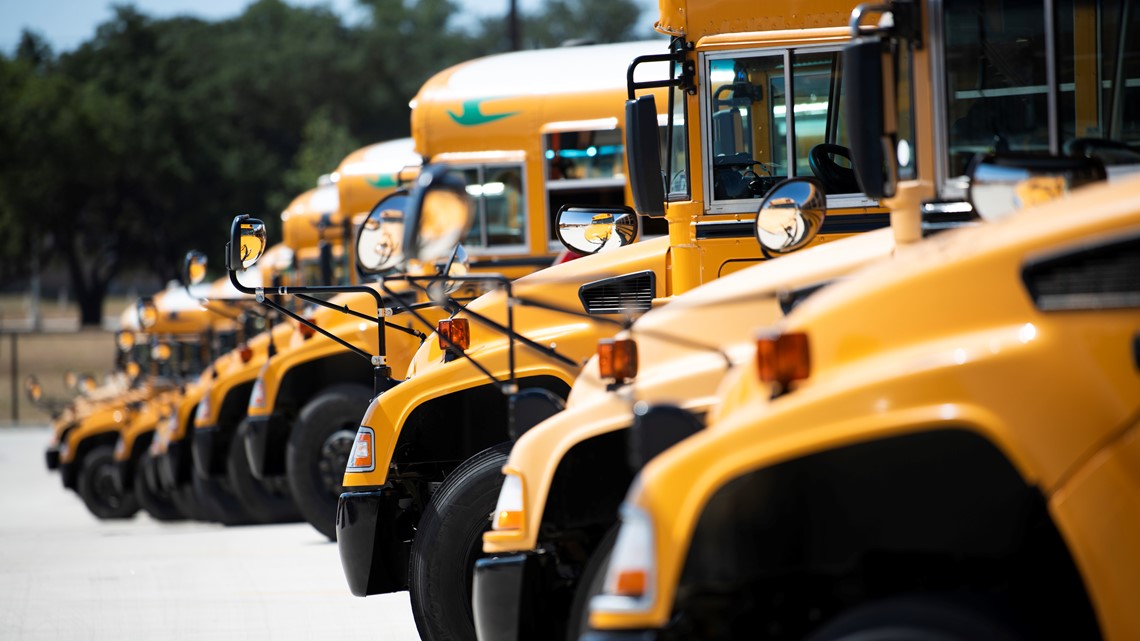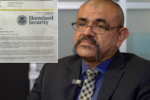The Push for Safer School Transportation
In Texas, discussions about enhancing safety measures for school buses have long been a hot topic. Over the years, several school bus-related accidents have reignited concerns about the safety of young passengers. Recently, an incident in Amarillo brought the issue back into the spotlight when a school bus was hit by a semi-truck. Fortunately, there were no severe injuries, but the accident underscored the need for improved safety measures.
Tragically, not all accidents have such outcomes. In March, a devastating crash in Bastrop County involving a school bus and a concrete truck resulted in the loss of two lives, including a 5-year-old child and another driver. These heartbreaking incidents have added urgency to the push for mandatory seatbelts in school buses statewid
Current Seatbelt Regulations: What’s Missing?
In 2017, a law was passed in Texas requiring all newly purchased school buses to be equipped with seatbelts. While this law was a step forward, it left a significant gap: older buses in operation before 2017 were not required to retrofit seatbelts. As a result, many students continue to travel in buses without this basic safety feature.
That may soon change. A new proposal is now being reviewed by lawmakers that aims to mandate seatbelts in all school buses, regardless of their year of purchase. If passed, this law could transform school transportation safety across Texas. However, implementing such a rule comes with its own set of challenges.
Financial Hurdles for School Districts
One of the biggest obstacles to retrofitting older buses with seatbelts is the cost. Many school districts, particularly smaller ones, already face tight budgets. Adding the expense of equipping older buses with seatbelts could push these districts into financial difficulty. The proposed law does not include provisions for additional state funding to assist districts in covering these costs.
The bill does allow districts to seek financial support through donations, grants, and gifts to fund the necessary upgrades. However, relying on external funding sources comes with uncertainties. Without guaranteed funding, many districts may find it challenging to comply with the law if it is enacted.
A Safety vs. Cost Dilemma
The debate boils down to balancing safety and financial feasibility. Advocates for the proposal argue that the safety of children should always be a priority. Opponents, however, highlight the financial strain it could place on already struggling school districts. This dilemma presents a classic Catch-22 situation: ensuring safety versus maintaining financial stability.
What’s Next?
As lawmakers deliberate on the proposal, the outcome remains uncertain. The bill has sparked statewide discussions about the importance of safety and the need for sustainable solutions to fund such initiatives. For now, school districts and parents alike await the decision, which could significantly impact the future of school transportation in Texas.
Stay tuned as updates unfold on this potentially life-saving, yet financially complex, proposal.
Disclaimer – Our team has carefully fact-checked this article to make sure it’s accurate and free from any misinformation. We’re dedicated to keeping our content honest and reliable for our readers.








